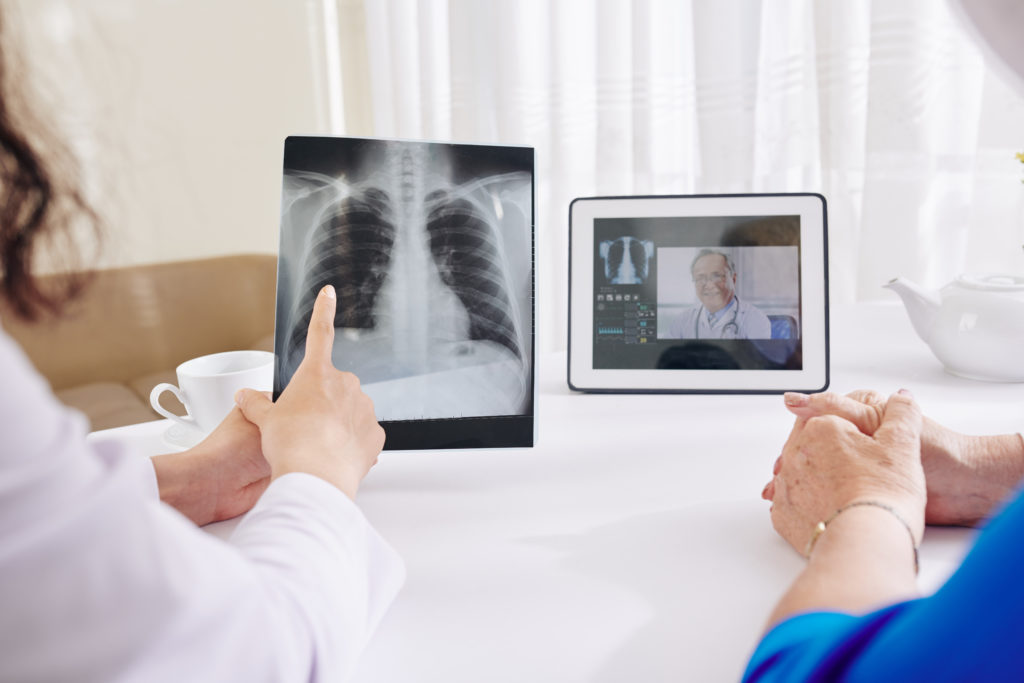Advancements in telemedicine have brought about major changes in the way healthcare is delivered and have also had a significant impact on hospital staffing procedures. Telemedicine has transformed the healthcare industry by allowing patients to access medical care from the comfort of their own homes, reducing the need for in-person visits to the hospital. As a result, hospitals have had to adjust their staffing procedures to accommodate this new mode of care delivery.
One of the key benefits of telemedicine is that it has allowed hospitals to better manage their staffing needs by reducing the need for in-person visits. By providing remote access to healthcare services, telemedicine has enabled hospitals to allocate their staff more efficiently, reducing the need for excessive staffing levels during times of low demand. This has allowed hospitals to save on staffing costs, while still ensuring that patients receive the care they need.
Another advantage of telemedicine is that it has expanded the scope of practice for many healthcare professionals. By providing remote access to healthcare services, telemedicine has allowed healthcare professionals to reach a wider patient population, regardless of their location. This has expanded the job opportunities for many healthcare professionals, and has also allowed them to acquire new skills and competencies that they would not have otherwise had access to.
Telemedicine has also had an impact on the way hospitals manage their staffing levels during times of crisis. In the event of a public health emergency, such as the COVID-19 pandemic, telemedicine has allowed hospitals to continue providing essential services while reducing the risk of exposure to the virus. By using telemedicine to triage patients and provide remote care, hospitals have been able to minimize the need for in-person visits, reducing the burden on their staffing levels and allowing them to focus on providing care for patients who require more intensive treatment.
In summation, the advancements in telemedicine have brought about major changes in hospital staffing procedures. By allowing for remote access to healthcare services, telemedicine has enabled hospitals to better manage their staffing needs, expand the scope of practice for healthcare professionals, and respond more effectively to public health emergencies. The continued development and integration of telemedicine in the healthcare industry will likely bring about additional changes in the way hospitals manage their staffing levels in the future.

